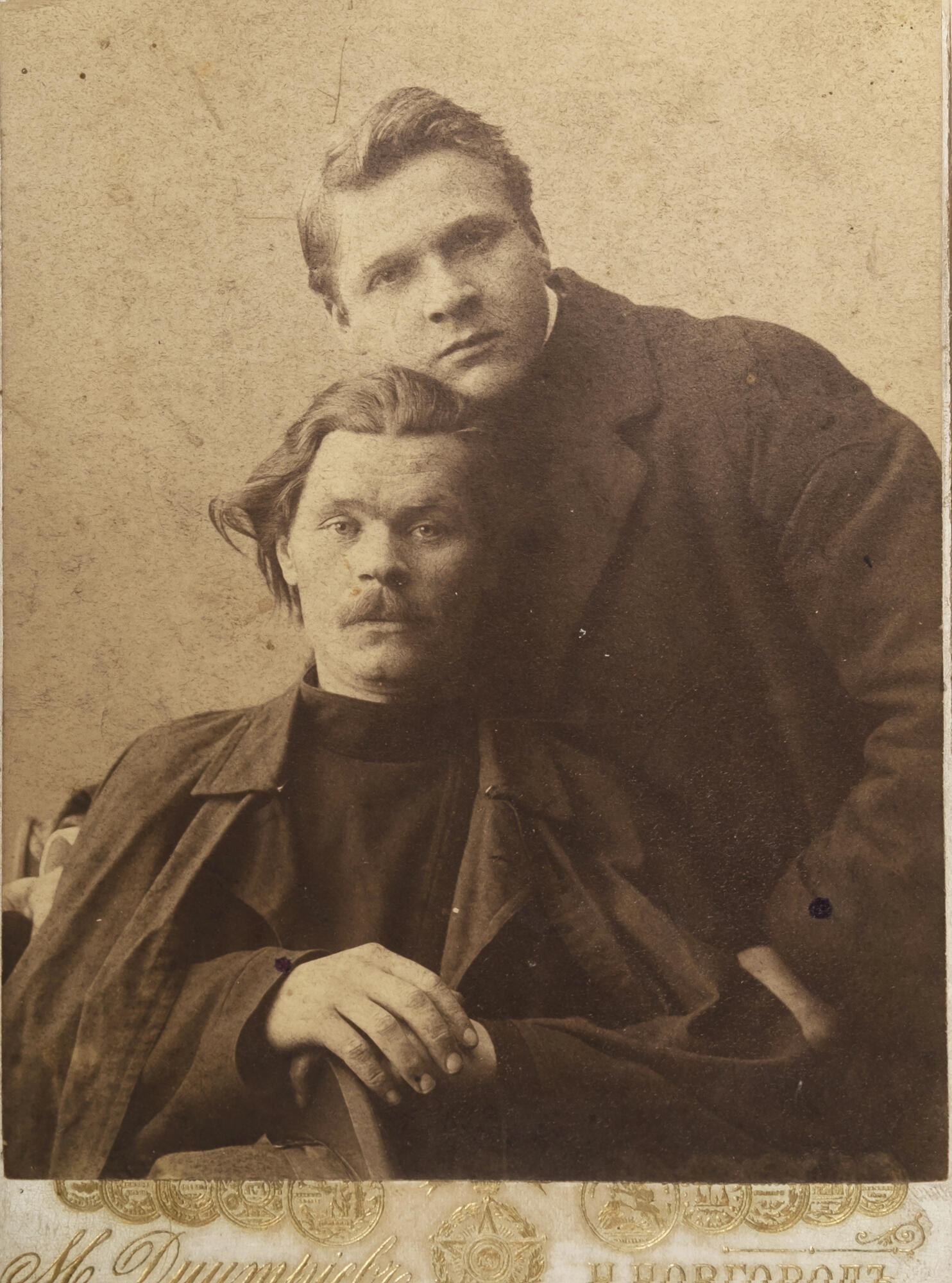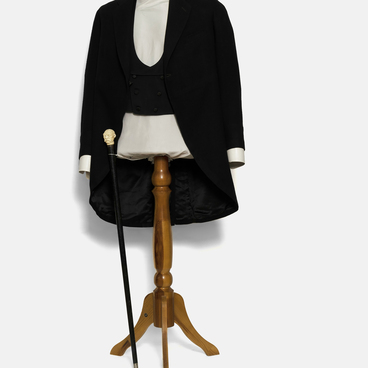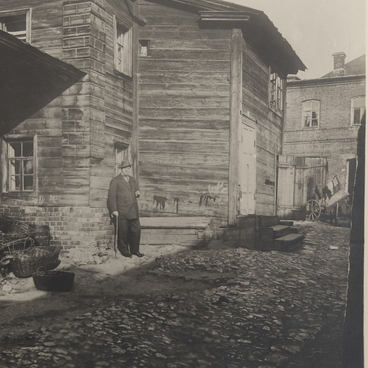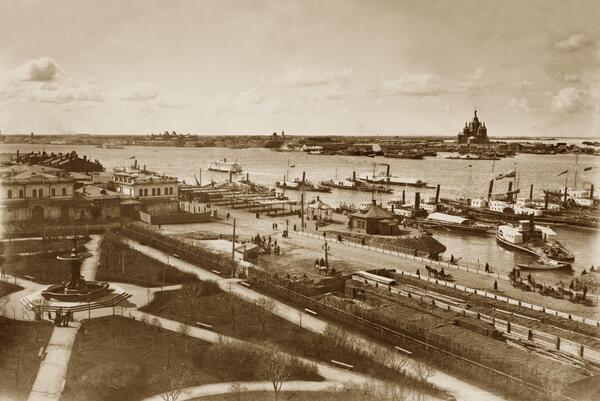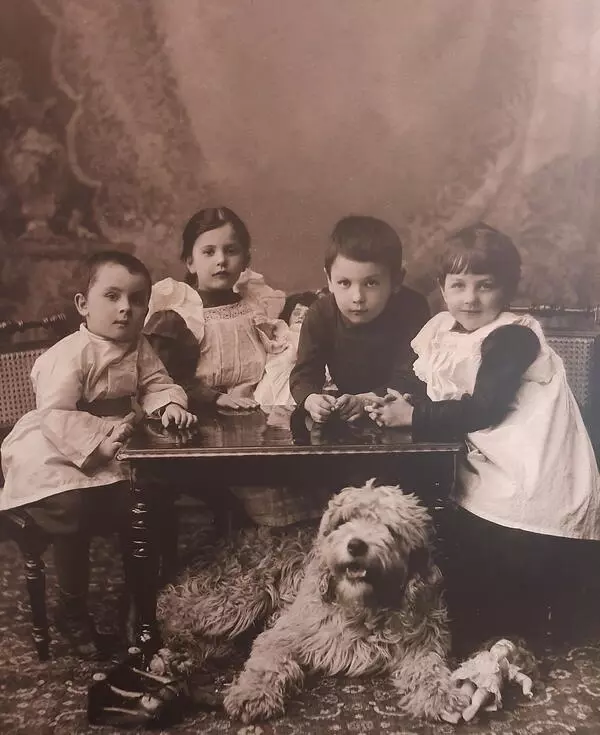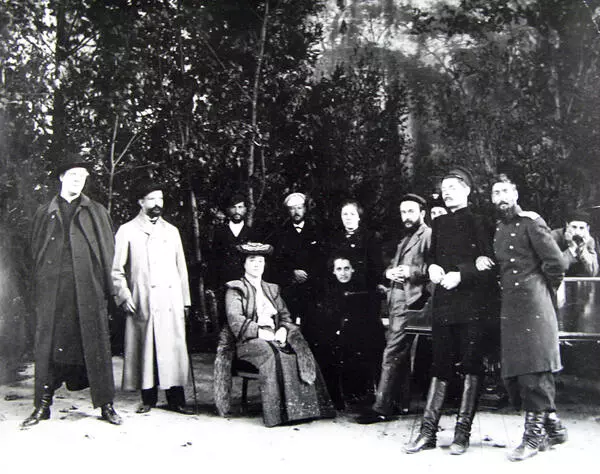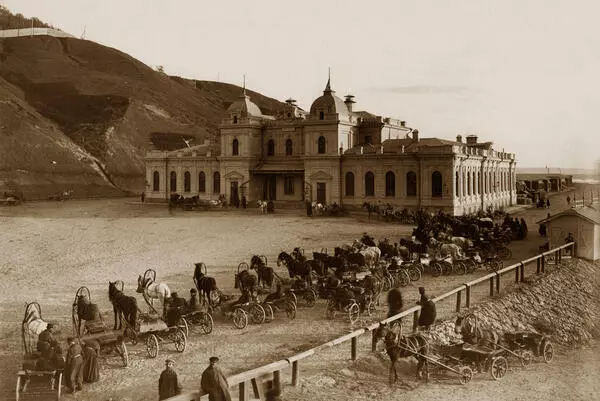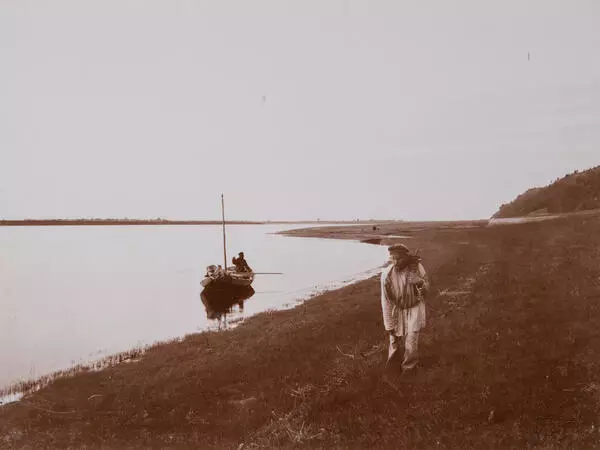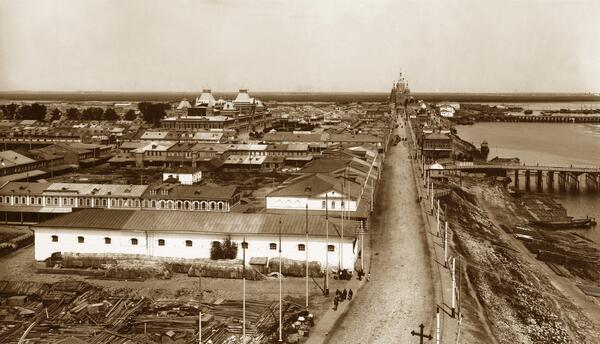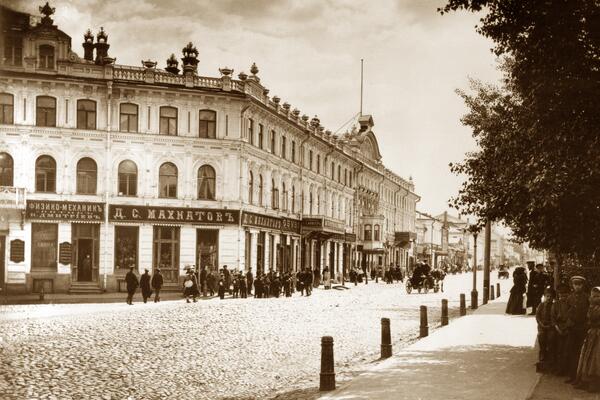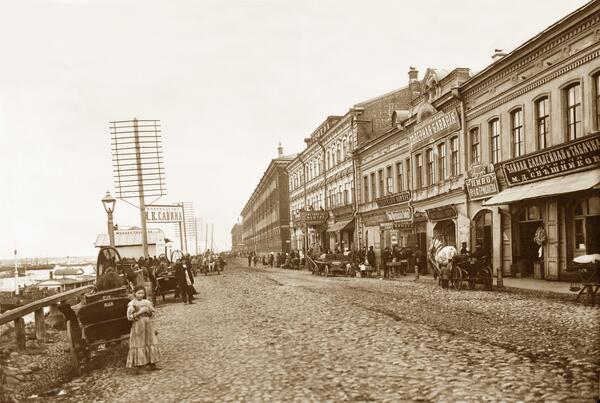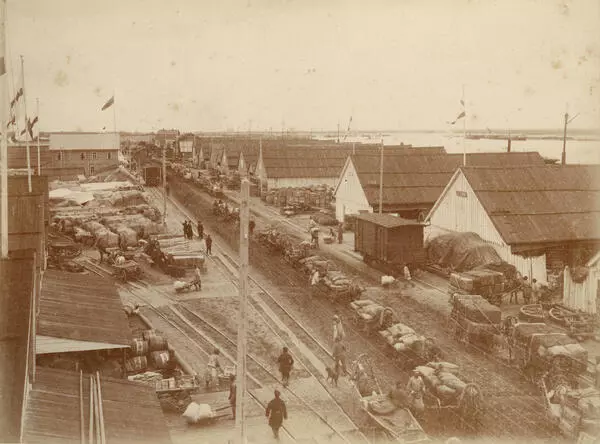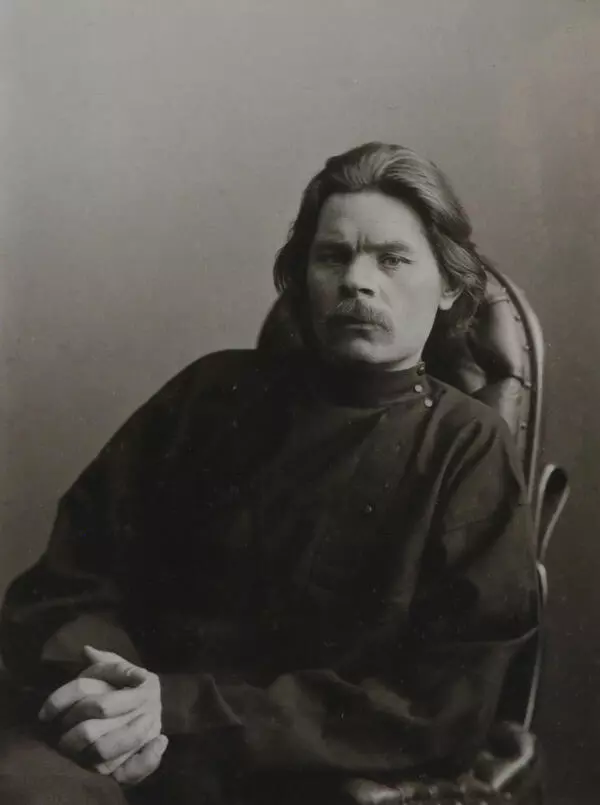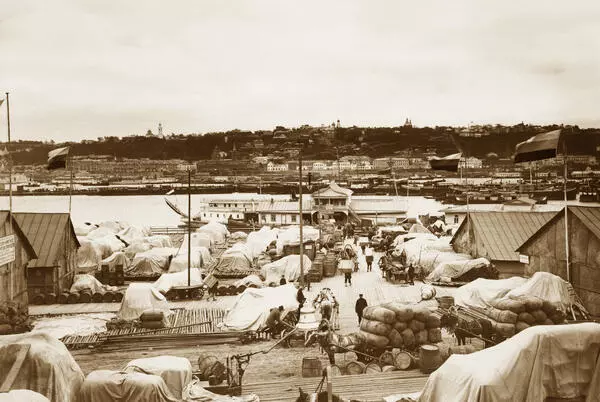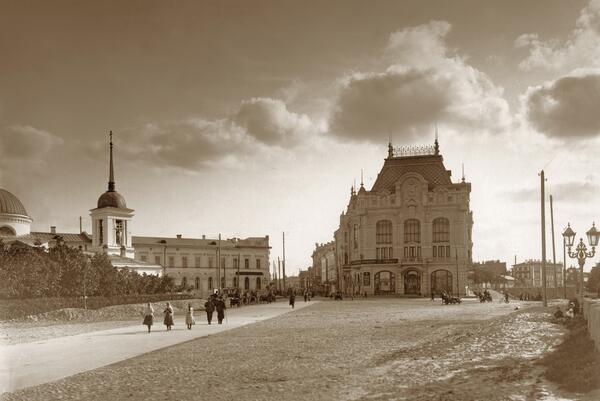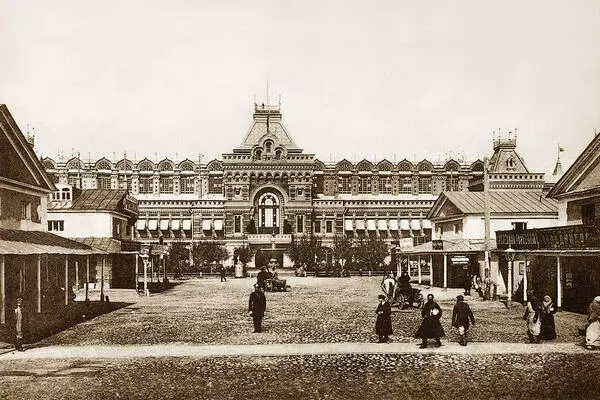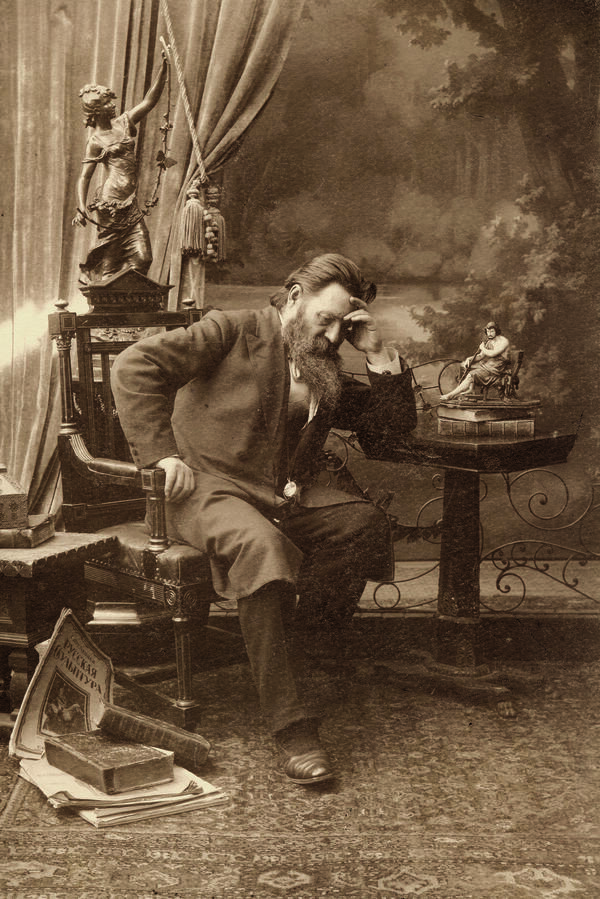In August 1901, the Bolshoi Theater soloist Feodor Chaliapin toured Nizhny Novgorod. The Nizhny Novgorod Fair Theater, directed by Anton Eichenwald, hosted opera productions of “Faust”, “Rusalka”, “Prince Igor” and “The Troubadour”. After the performance of “A Life for the Tsar”, the famous writer and journalist Maxim Gorky came into Feodor Chaliapin’s dressing room. They got acquainted and had a long conversation, sharing memories of Kazan, Saratov, and Tiflis, where both had been staying at the same time. Feodor Chaliapin later remarked that he and Maxim Gorky “would often cross paths in life.”
That same warm summer evening, Feodor Chaliapin, Maxim Gorky, and Gorky’s wife Yekaterina Peshkova went to have tea in a restaurant near the fair and then drove to the writer’s family residence — the Lemke House on Kanatnaya Street. This acquaintance flourished into a lifelong friendship between the artist and the writer. They grew close instantly as if they had known each other for a long time.
During his tours in Nizhny Novgorod, Chaliapin would often meet up with Gorky, who attended all his concerts and treated them as something to celebrate. The writer and his relatives were enthralled by Feodor Chaliapin’s personality and talent. Every time Chaliapin left, Gorky’s family would for a long time relive memories and talk about the good days of his stay in Nizhny Novgorod.
Chaliapin often stayed at Maxim Gorky’s, organized musical evenings, and rehearsed his concert program with the pianist V. Vinogradova. Walking along the Volzhsky escarpment near the walls of the Nizhny Novgorod Kremlin, the friends decided to organize a Chaliapin’s concert to raise money for the construction of a People’s House. Chaliapin gave Gorky all the proceeds from the concert — about 2,500 rubles — to complete the construction.
The very year Maxim Gorky and Feodor Chaliapin met, this photograph of them together was taken in the studio of Maxim Dmitriyev — a famous Nizhny Novgorod photographer and member of the Russian Photographic Society. Gorky was well acquainted with the photographer: he took about 100 portrait and group photos of the writer, which would become the best examples of Gorky’s photo chronicle.